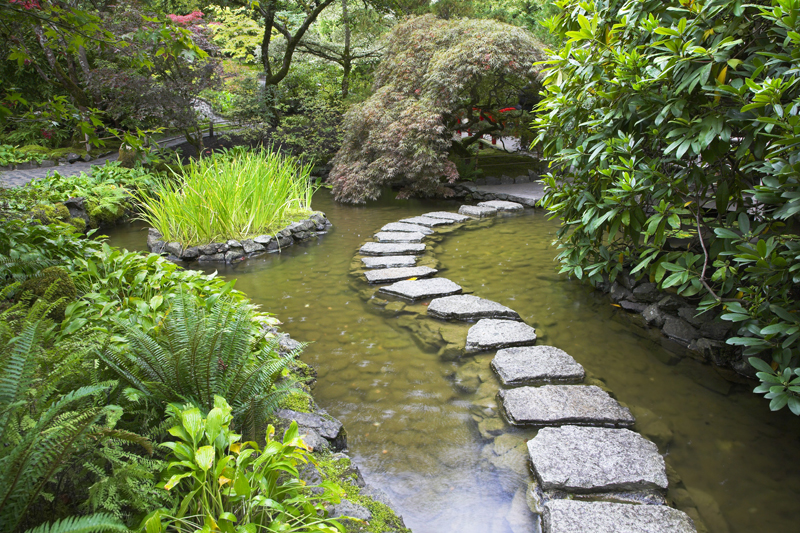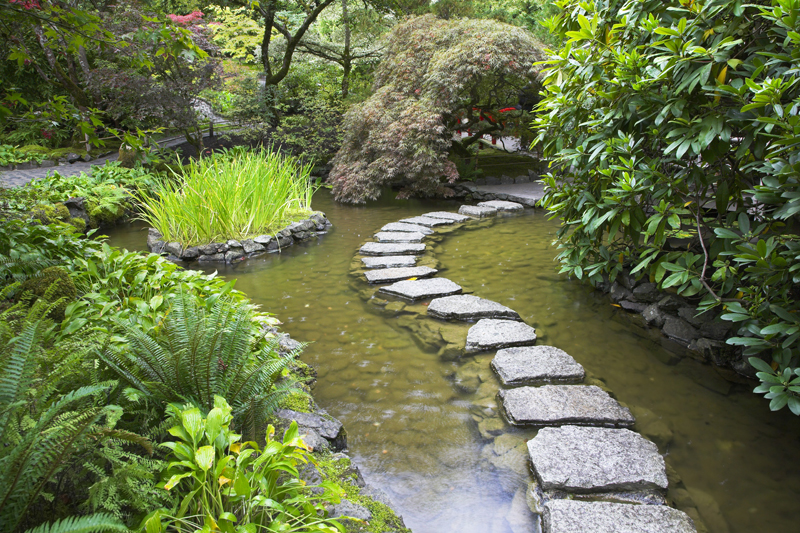Eastern Red Cedar

Eastern red cedar is a popular, widely grown native tree. It is often planted as windbreaks and screens as well as for wildlife habitats.
The plant is recommended for zones 3 through 9. The tree is often chosen as a Christmas tree. I would think there are two reasons for this with a major one being the wonderful scent of the needles and the wood. In addition, it has the classic shape of a Christmas tree.
This native is very hardy. The hardiness is partly determined by the variety being grown. Many varieties and cultivars are available.
It is native to much of the country with its range extending south to Florida and westward to Texas. It does well in the Middle South and the Lower South as well as coastal areas.
This is generally a long lived tree provided it is has good growing conditions.
Description of Eastern Red Cedar
This evergreen is typically 15 to 35 feet in height with a spread of 3 to 12 feet. However, as the tree matures it can have a spread of 25 feet.
The young plant can be conical or columnar. As it begins to mature, it is often pyramidal. However, older trees can become a broad and spreading tree to 75 feet in height when it has good growing conditions.
In addition to the standard tree forms, there are also low growing and shrubby ones that are readily available.
Usually, the tree is dense to open. It will have two types of leaves. The mature branches will have scale-like leaves. The newer growth is needle-like. The color of the needles can vary slightly. Often, these are a deep rich green. In locations with cold winters, the needles can become bronze, purple, or purple-brown.
Eastern red cedar has brownish-red bark that tends to peel in long strips.. The yellow blooms open in spring.
Eastern red cedar bears attractive, scented fruits. In other species, these are often called juniper berries. These are much loved by many kinds of birds.
The showy fruits are deep blue and are covered with a whitish bloom. These are about 1/3 inch across.
Growing Eastern Red Cedar
Eastern red cedar is used as a street tree and for reclamation projects. This plant is unsuited to poorly drained soils. A moist soil is okay so long as it isn’t constantly wet.
This tree is tolerant of most soil types, including clay. The tree does especially well in lime rich soils.
Eastern red cedar is tolerant of urban conditions. The tree adapts to a range of pH levels from slightly acid to alkaline. It can withstand salt exposure.
Eastern red cedar is also drought tolerant, so it doesn’t need as much water as some other trees. In fact, overwatering should be avoided.
In the wild, it often grows in rocky, poor soils. The tree is suited to poor soils.
The roots of this tree do not damage pavement. So, it can be planted near buildings and sidewalks and other paved areas. The tree can suffer damage during ice storms.
Eastern red cedar is easy to grow and is easy to transplant. Container grown trees are recommended.
This tree is suited to full sun and part shade.. Train this as a single leader tree for best results. This plant doesn’t require a lot of pruning.
This native is fairly resistant to most serious problems. The exception is bagworms, which can occur in some areas. Mites can sometimes strike in certain areas.
The most likely problem with this tree is probably damage from ice storms. However, the wood is quite strong.
The plant is recommended for zones 3 through 9. The tree is often chosen as a Christmas tree. I would think there are two reasons for this with a major one being the wonderful scent of the needles and the wood. In addition, it has the classic shape of a Christmas tree.
This native is very hardy. The hardiness is partly determined by the variety being grown. Many varieties and cultivars are available.
It is native to much of the country with its range extending south to Florida and westward to Texas. It does well in the Middle South and the Lower South as well as coastal areas.
This is generally a long lived tree provided it is has good growing conditions.
Description of Eastern Red Cedar
This evergreen is typically 15 to 35 feet in height with a spread of 3 to 12 feet. However, as the tree matures it can have a spread of 25 feet.
The young plant can be conical or columnar. As it begins to mature, it is often pyramidal. However, older trees can become a broad and spreading tree to 75 feet in height when it has good growing conditions.
In addition to the standard tree forms, there are also low growing and shrubby ones that are readily available.
Usually, the tree is dense to open. It will have two types of leaves. The mature branches will have scale-like leaves. The newer growth is needle-like. The color of the needles can vary slightly. Often, these are a deep rich green. In locations with cold winters, the needles can become bronze, purple, or purple-brown.
Eastern red cedar has brownish-red bark that tends to peel in long strips.. The yellow blooms open in spring.
Eastern red cedar bears attractive, scented fruits. In other species, these are often called juniper berries. These are much loved by many kinds of birds.
The showy fruits are deep blue and are covered with a whitish bloom. These are about 1/3 inch across.
Growing Eastern Red Cedar
Eastern red cedar is used as a street tree and for reclamation projects. This plant is unsuited to poorly drained soils. A moist soil is okay so long as it isn’t constantly wet.
This tree is tolerant of most soil types, including clay. The tree does especially well in lime rich soils.
Eastern red cedar is tolerant of urban conditions. The tree adapts to a range of pH levels from slightly acid to alkaline. It can withstand salt exposure.
Eastern red cedar is also drought tolerant, so it doesn’t need as much water as some other trees. In fact, overwatering should be avoided.
In the wild, it often grows in rocky, poor soils. The tree is suited to poor soils.
The roots of this tree do not damage pavement. So, it can be planted near buildings and sidewalks and other paved areas. The tree can suffer damage during ice storms.
Eastern red cedar is easy to grow and is easy to transplant. Container grown trees are recommended.
This tree is suited to full sun and part shade.. Train this as a single leader tree for best results. This plant doesn’t require a lot of pruning.
This native is fairly resistant to most serious problems. The exception is bagworms, which can occur in some areas. Mites can sometimes strike in certain areas.
The most likely problem with this tree is probably damage from ice storms. However, the wood is quite strong.

Related Articles
Editor's Picks Articles
Top Ten Articles
Previous Features
Site Map
Content copyright © 2023 by Connie Krochmal. All rights reserved.
This content was written by Connie Krochmal. If you wish to use this content in any manner, you need written permission. Contact Connie Krochmal for details.



